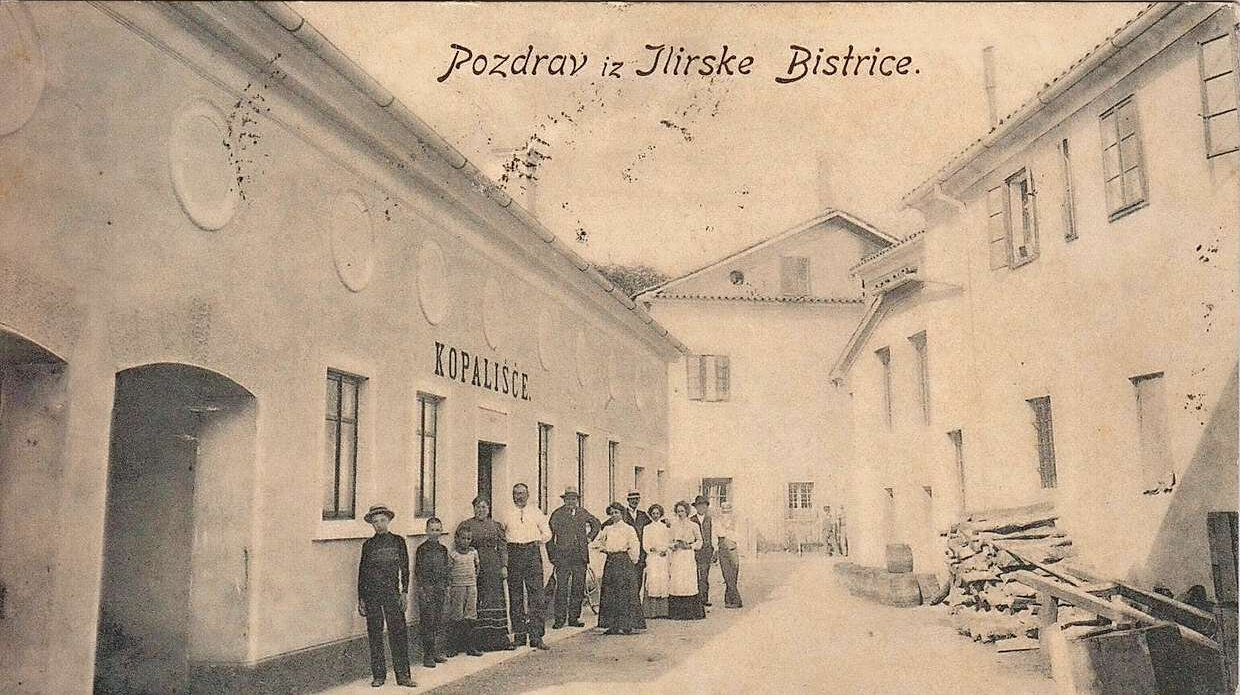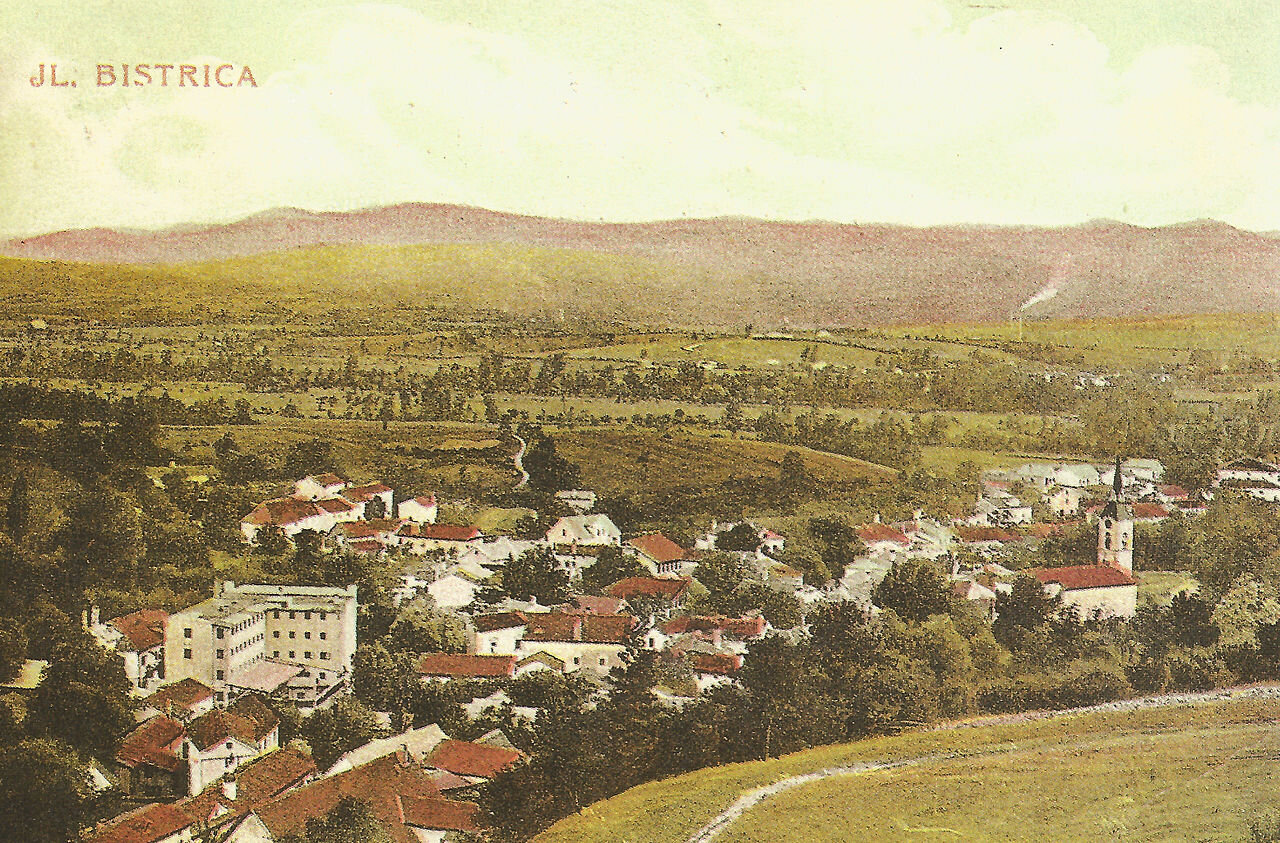24: Ilirska Bistrica // Nature vs. Nurture, Every Single Time
The elegant Monument on Freedom Hill in Ilirska Bistrica
I’ve always been a nurture over nature kind of guy. The argument was first brought to my attention in university, although forgive me for forgetting the real context of it all. I studied disability and education, so it was likely in the latter, and you can make a safe assumption that it was in a Mark Hamill lecture. If I remember it from university, it probably came from Mark.
Back to the point, nature vs. nurture. Are we the product of what we’re born with or what we’re born into? The answer is obviously a mixture of the two, with our experiences colliding with our genes and vice-versa, but gun to head I’m going with nurture. Why? Because of Ilirska Bistrica, obviously.
A small town in the south of Slovenia, the Notranjska region, Ilirska Bistrica has been inhabited since forever because of course, it has. It ticks all the usual boxes for towns in this region; developed around water, gained a reputation for sawmills and the timber trade. People built ships of such quality that a boat found its way onto the town’s flag. Everything was going swimmingly, as well as it could, but the development of Ilirska Bistrica was on a collision course with the development of this part of Slovenia. In other words, it was about to be nurtured by a whole host of different influences in a relatively short amount of time.
Because the box-ticking doesn’t end with positives. The whole Notranjska part of Slovenia has been thrown around like the proverbial rag doll, passed between greedy foreign powers like some sort of Carniolan Estonia. Austria-Hungary in the late 19th century, Italy in the 1920s, Yugoslavia after World War II and Slovenia today, all coming together while ripping apart to create an unusual atmosphere in a fairly usual town.
For a town defined by its position as a crossroads, Ilirska Bistrica was bizarrely difficult to get to from Ljubljana. I was reliant on getting a lift from the train station in Postojna, where I was met by a cheerful tourist officer by the name of Matjaž, a man who understood the importance of a pleasant atmosphere but also the importance of getting work done. We met, shook hands, exchanged pleasantries and headed to Ilirska Bistrica, where nature and nurture butt heads through hilltop castles and bone-like monuments, embellished by the Reka River and its sawmills.
Without the Reka, there is no Ilirska Bistrica. A 54km long snake that flows through a variety of UNESCO sites, the Reka allowed life to flourish on its banks, giving sustenance and direction to a people looking for survival. I couldn’t work out why it was called ‘River River’, but I enjoyed it too much to spend excessive amounts of time questioning it.
Nature starts things off, but nurture soon swoops in and gives a town its colour, its flavour. This is universally true, and I won’t hear otherwise. Ilirska Bistrica grew around the Reka but that growth was focused on economics and architecture, the two sciences that have pushed most of human growth. Nature provides a base, nurture puts flesh on the bones.
If that is true, where does history come in? Our first port of call in town was the Hill of Freedom, a small park sat slightly above the centre of Ilirska Bistrica, home to several monuments laying bare the town’s role in the fight against fascism. There was the TIGR monument, looking out across the valley, a homage to Europe’s first anti-fascist resistance movement, but the blocky-concrete of the spomenik on the edge of the hill gets the most attention, understandably so.
The creatively-named Monument on Freedom Hill stands 8 metres high, a cube of bone and columns designed to imitate the cave systems that this part of Slovenia is famous for, towering stalactites and stalagmites from floor to vault, a doffed cap to nature entombed in poured concrete and rebar. Also, bones. There aren’t a huge amount of these post-World War II monuments in Slovenia, and a smaller number are truly worth seeking out, but the Janez Lenassi-designed structure looking out over Ilirska Bistrica is arguably the best of the bunch.
Still, the spomenik craze should be over soon, right? Not an Instagram day goes by without a mass of concrete being lauded over, often with no understanding of the symbolism or reasons behind the construction. The World War II monuments of what was once Yugoslavia have never been more popular in the wider world but that popularity will bring forth questions of legacy and remembrance. Those who died in the fight against fascism should clearly be honoured, nobody is debating that, but Tito’s socialists weren’t exactly ubiquitously popular throughout the land. They weren’t shy on the mass murder front, themselves.
Yugoslavia in Slovenia wasn’t the same as Yugoslavia in, say, Bosnia and Herzegovina. At a political and ideological level, Slovenia used Yugoslavia as a bridge, a necessity that would allow them to develop outside of empire ahead of an eventual return to the perception of Europe. Slovenia flourished in Yugoslavia, but that is because Slovenia was preparing for life outside of it. Sure, many notable Slovenes openly advocated the Yugoslav idea immediately after both world wars, but the historical context and signs of the times should always be taken into account. Austria-Hungary was as good as dead towards the end of the first while the horrors of fascism didn’t bear thinking of when the sequel came to its climax. On a political level, Yugoslavia was the lesser of two evils for Slovenia.
Or maybe the monuments are just kinda cool to look at? Maybe, maybe. Not everything needs to be caked in meaning but then tourists shouldn’t be making remembrance decisions on behalf of a nation.
We moved seamlessly through the rest of Ilirska Bistrica, stopping for food and coffee here and there while taking in the abundance of nurture framed by Slovenian nature. Hodnik’s Mill was the best example, the only sawmill left in the heart of the town, a piece of practical engineering that has been doing the rounds for more than 450 years and now houses a fascinating museum that covers the life of a miller. What was the norm, what did he do, how did he live and all the rest, with the most uncomfortable looking hot water bottle I have ever seen too.
Man using nature to power life, nurture utilising nature. Nature gives, nurture builds. I don’t remember where Mark Hamill stood on the matter, but he’d have liked Ilirska Bistrica.


